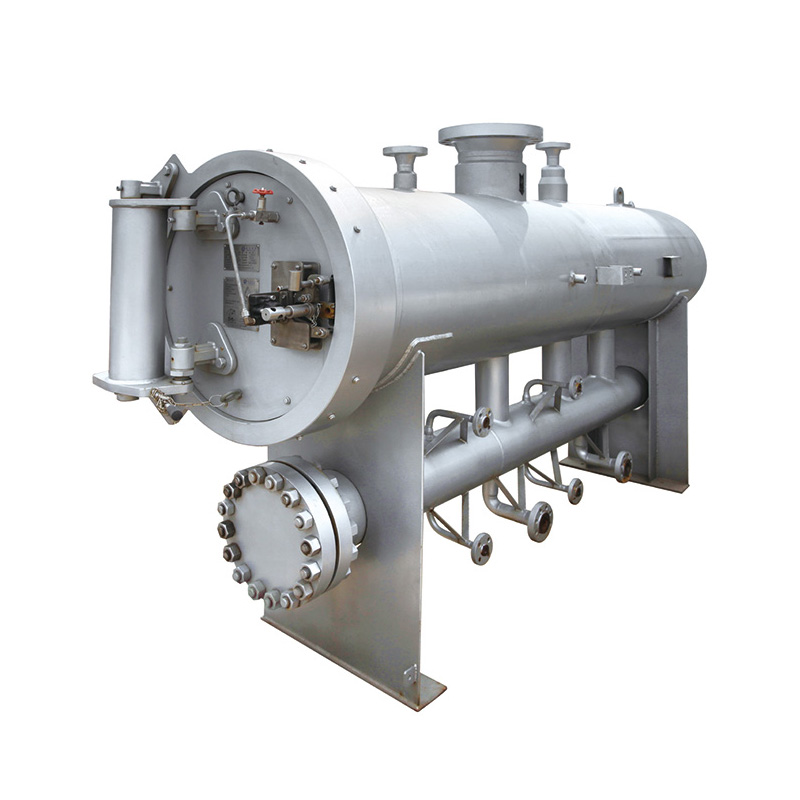
Nov . 09, 2024 03:16
Back to list
Gas Pressure Regulation System for Efficient Energy Management
Understanding Gas Pressure Regulators A Comprehensive Guide
Gas pressure regulators play a critical role in various applications, ranging from industrial to residential settings, by ensuring the safe and efficient management of gas flow. These devices are essential for maintaining the appropriate pressure levels in gas systems, thereby protecting equipment, enhancing performance, and ensuring safety.
What is a Gas Pressure Regulator?
A gas pressure regulator is a mechanical device that reduces the pressure of gas from a high-pressure source to a lower, usable level. It acts as a control valve that maintains a specific output pressure regardless of fluctuations in input pressure or changes in downstream demand. This is vital in systems where pressure consistency is necessary for optimal performance and safety.
How Does a Gas Pressure Regulator Work?
The operation of a gas pressure regulator is based on the principles of pressure sensing and feedback control. Typically, the regulator consists of several key components, including a diaphragm, spring mechanism, and inlet and outlet ports.
.
Applications of Gas Pressure Regulators
مخفض ضغط الغاز

Gas pressure regulators are extensively used across various sectors
1. Industrial Applications In factories and manufacturing plants, regulators control the pressure of gases used in processes like welding, cutting, or chemical reactions, ensuring consistent production quality. 2. Residential Use In households, gas pressure regulators are crucial in systems using natural gas or propane for heating, cooking, and hot water systems. They maintain the pressure required for appliances to operate efficiently and safely. 3. Medical Applications In healthcare settings, regulators are vital for medical gas supply systems, such as oxygen delivery for patients. They ensure that gases are delivered at safe and controlled pressures. 4. Gas Distribution Utilities use pressure regulators in their pipeline systems to regulate the pressure of natural gas as it is delivered to homes and businesses, ensuring stable supply and safety.
Types of Gas Pressure Regulators
There are several types of gas pressure regulators, each designed for specific applications
1. Single-Stage Regulators These regulators control pressure in a single step and are simple in design. They are suitable for applications where pressure fluctuations are minimal. 2. Two-Stage Regulators Offering more precise control, two-stage regulators reduce pressure in two steps. They are commonly used in high-demand applications where inlet pressure may vary significantly. 3. Lock-Up Regulators These regulators maintain a fixed output pressure until a certain threshold of demand is reached, after which they adjust to provide more gas. They are often used in industrial applications.
Conclusion
In summary, gas pressure regulators are integral devices that ensure the safe and efficient use of gases in various applications. By controlling gas pressure, these devices protect equipment, enhance performance, and improve safety in both industrial and residential environments. Understanding the types, functionality, and applications of gas pressure regulators can help users select the right device for their needs, ultimately contributing to more efficient and secure gas systems. As technology advances, regulators continue to evolve, incorporating new features and materials that enhance their reliability and performance.
Latest news
-
Safety Valve Spring-Loaded Design Overpressure ProtectionNewsJul.25,2025
-
Precision Voltage Regulator AC5 Accuracy Grade PerformanceNewsJul.25,2025
-
Natural Gas Pressure Regulating Skid Industrial Pipeline ApplicationsNewsJul.25,2025
-
Natural Gas Filter Stainless Steel Mesh Element DesignNewsJul.25,2025
-
Gas Pressure Regulator Valve Direct-Acting Spring-Loaded DesignNewsJul.25,2025
-
Decompression Equipment Multi-Stage Heat Exchange System DesignNewsJul.25,2025

